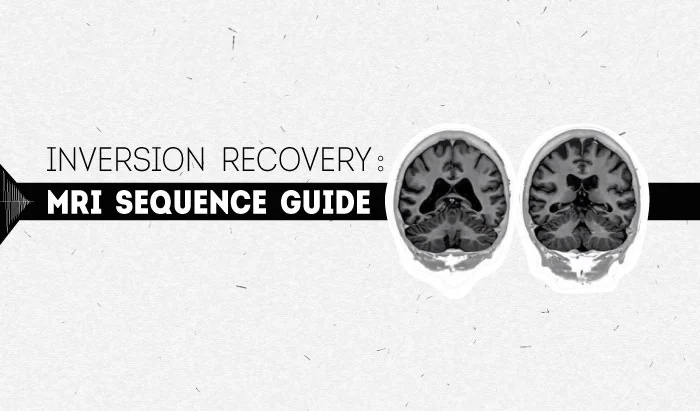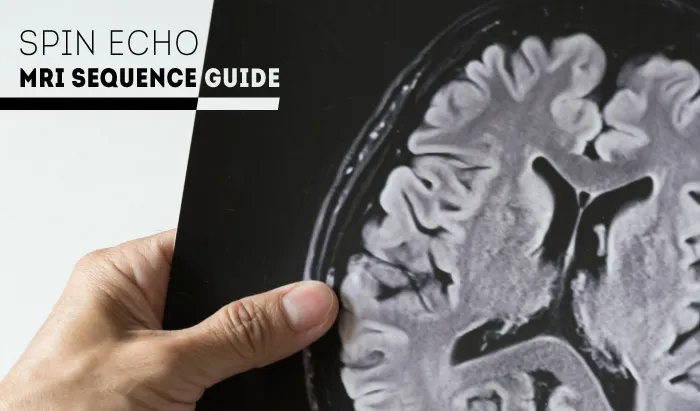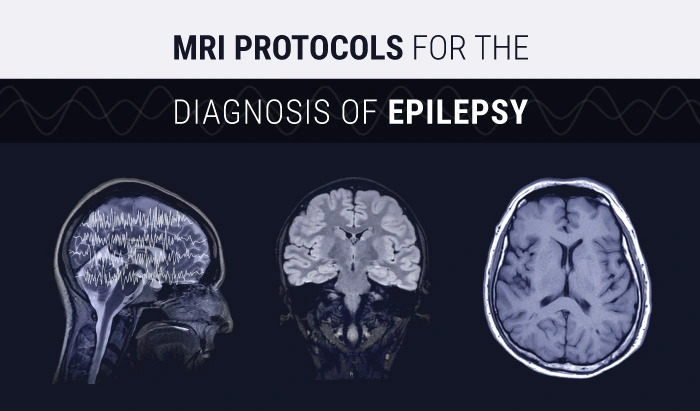Inversion Recovery: MRI Sequence Guide

Inversion Recovery Sequence: MRI Pulse and Sequences Guide


This guide to inversion recovery is part of our series of guides to MRI sequences. Itself a variation of the spin echo sequence, the inversion recovery is also the basis for two additional MRI pulse sequences: the fast spin echo inversion recovery sequence (FSE-IR), also known as the turbospin echo inversion recovery sequence (TSE-IR), and the FLAIR.
If you haven’t read our guide to the spin echo (SE) sequence, we recommend you read that first to be sure you have mastered the fundamentals of SE before tackling inversion recovery.
Inversion Recovery Chronogram
The inversion recovery (IR) sequence is the same as the spin echo sequence except that it is preceded by a 180° pulse at each TR.
This 180° pulse leads us to the introduction of a new parameter: Inversion time (TI). TI is the time between the first 180° pulse and the start of the spin echo sequence (the 90° pulse). The remaining description of the IR sequence is the same as that of the spin echo sequence.

In this diagram of the spin echo inversion recovery, we can see the shape of slice selection gradients that are bipolar for the 90° pulse in order to compensate phase dispersions, and are not bipolar at the moment the 180° pulse is applied because of the inversion of phases induced by this pulse.
The frequency gradient is composed of one positive lobe before the 180° pulse and two positive lobes after the 180° pulse at the moment the signal is read.
Using the left-hand scroll bar, we can visualize movements inside the Fourier space during one TR and verify that only one row of the k-space is filled at each TR. Because there must be as many TRs as there are rows to fill (incrementing the phase gradient each time), this sequence is fairly long.
Important Parameters for Inversion Recovery
The parameter that is most important in determining the contrast and weighting of this MRI pulse sequence is TI (inversion time).


- In the spin echo sequence, TR will provide a certain degree of tissue differentiation
- In the IR sequence, we see that TI accentuates differentiation
T1 can be adjusted so signals from specific tissues will be suppressed. Depending on the TI value, tissues present different longitudinal magnetization at the 90° pulse. Therefore, they react differently. The lower the longitudinal magnetization, the lower the signal emitted by the tissue. If a tissue’s longitudinal magnetization is equal to zero, it will not emit any signal. And in order to suppress the signal from a given tissue, the TI must be set at 69% of the tissue’s T1.
Other parameters can modify the signal-to-noise ratio and/or the spatial resolution for inversion recovery, such as the pass band (when it is accessible), phase matrix, frequency matrix, FOV, and slice thickness.
Advantages and Disadvantages of Inversion Recovery
- Superior tissue differentiation in T1
- Tissue suppression
Its primary disadvantage is its prohibitive acquisition time.
Clinical Applications
The inversion recovery sequence is often used in neuro-pediatrics to cancel the signal from white matter.
Examples
Below are two examples of images obtained with the inversion recovery MRI pulse sequence based on true spin echo.





